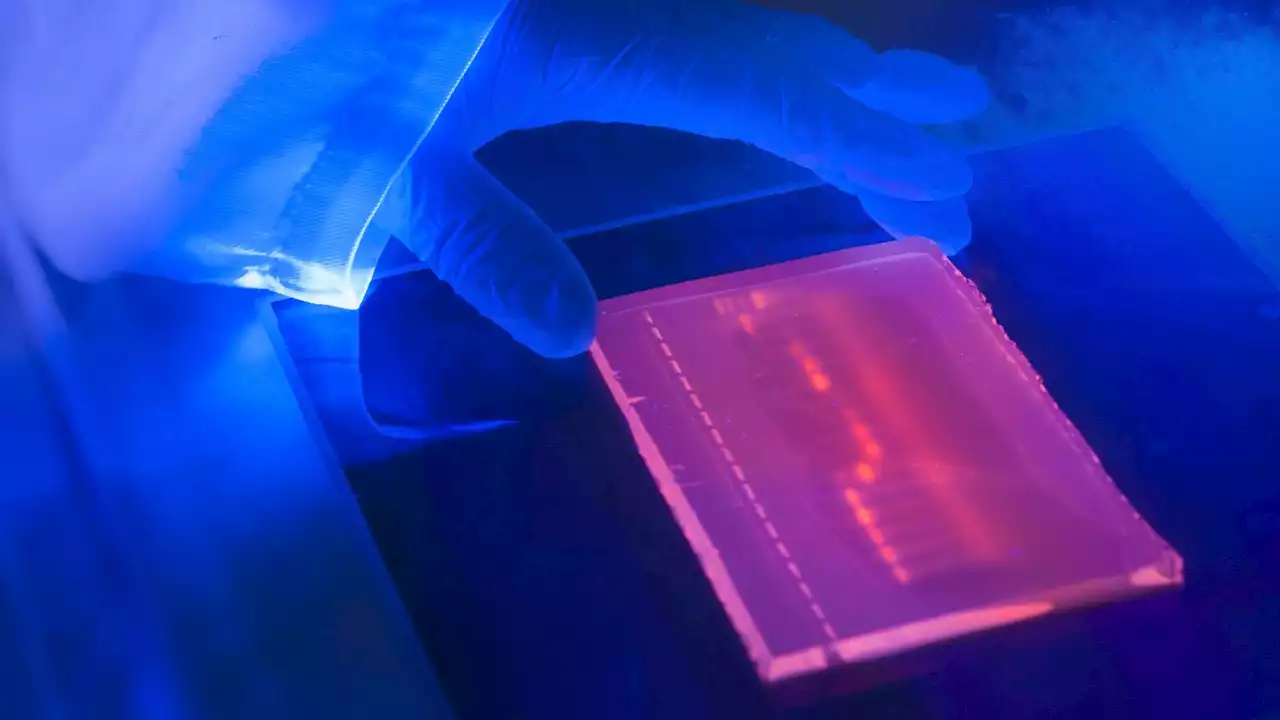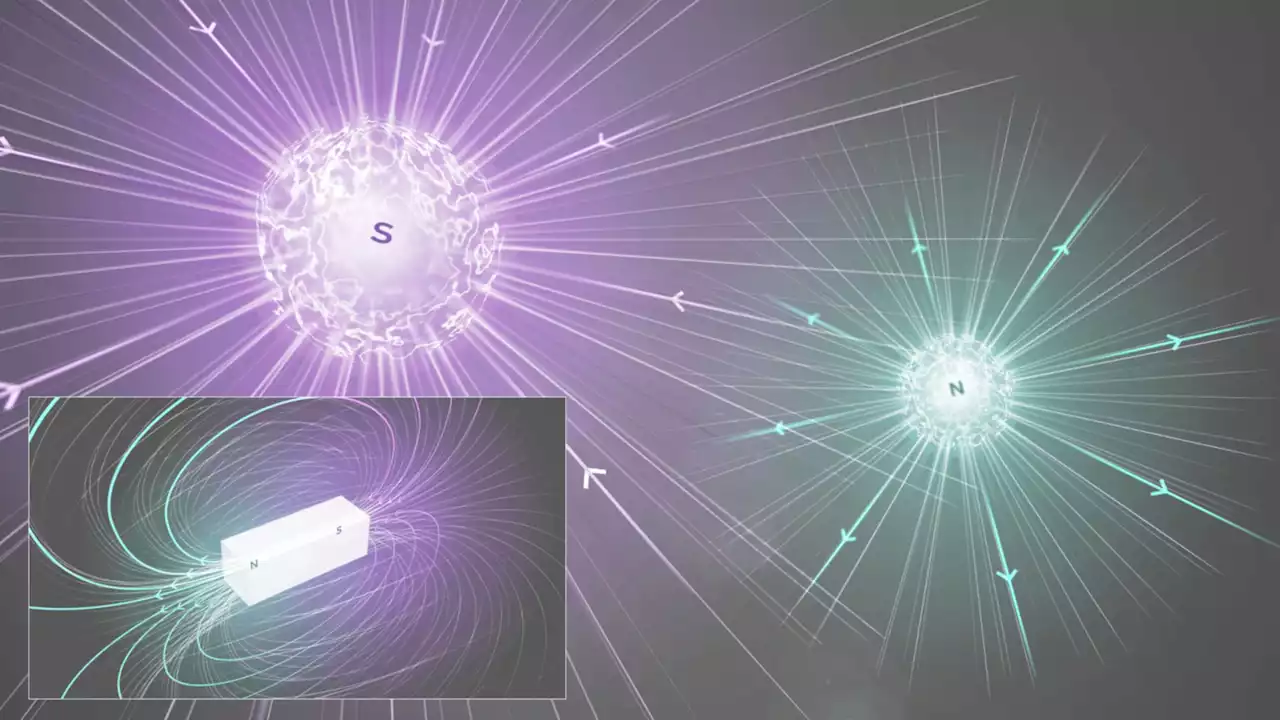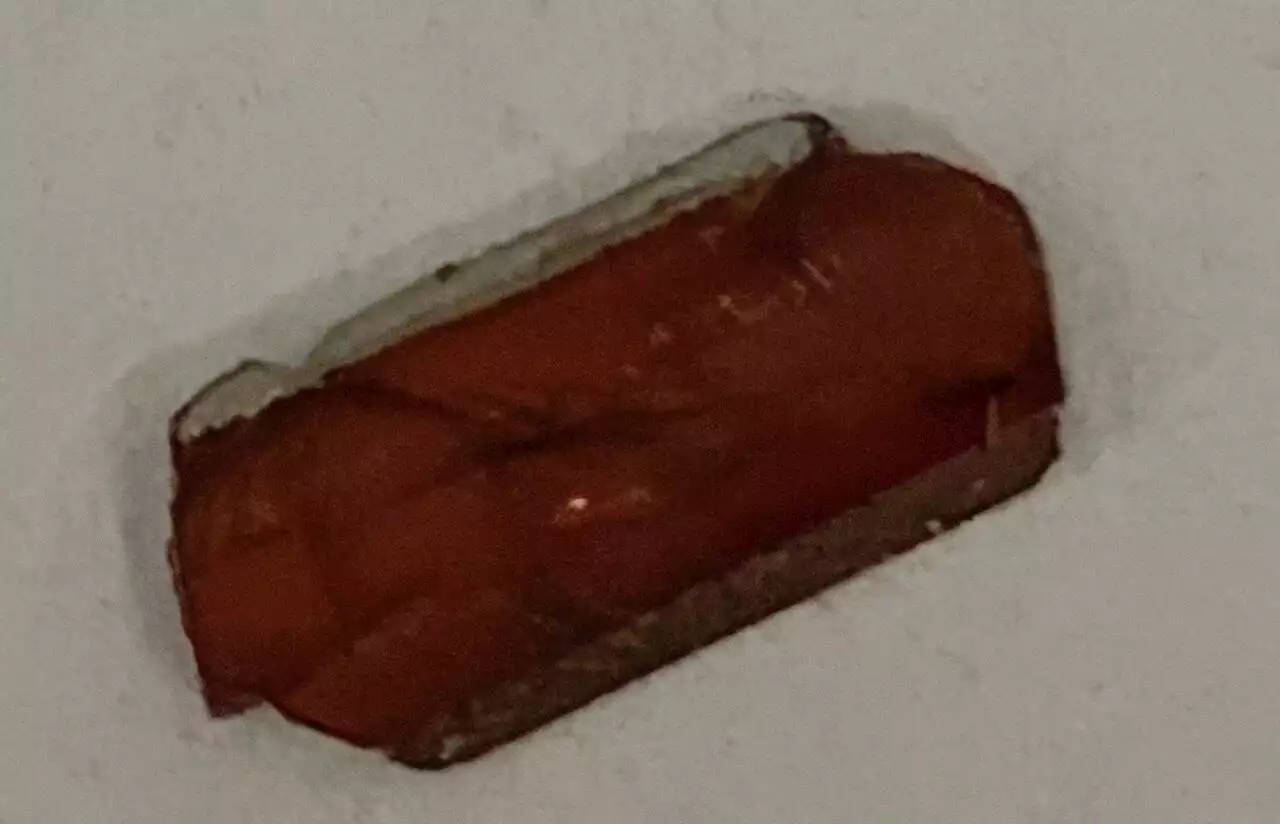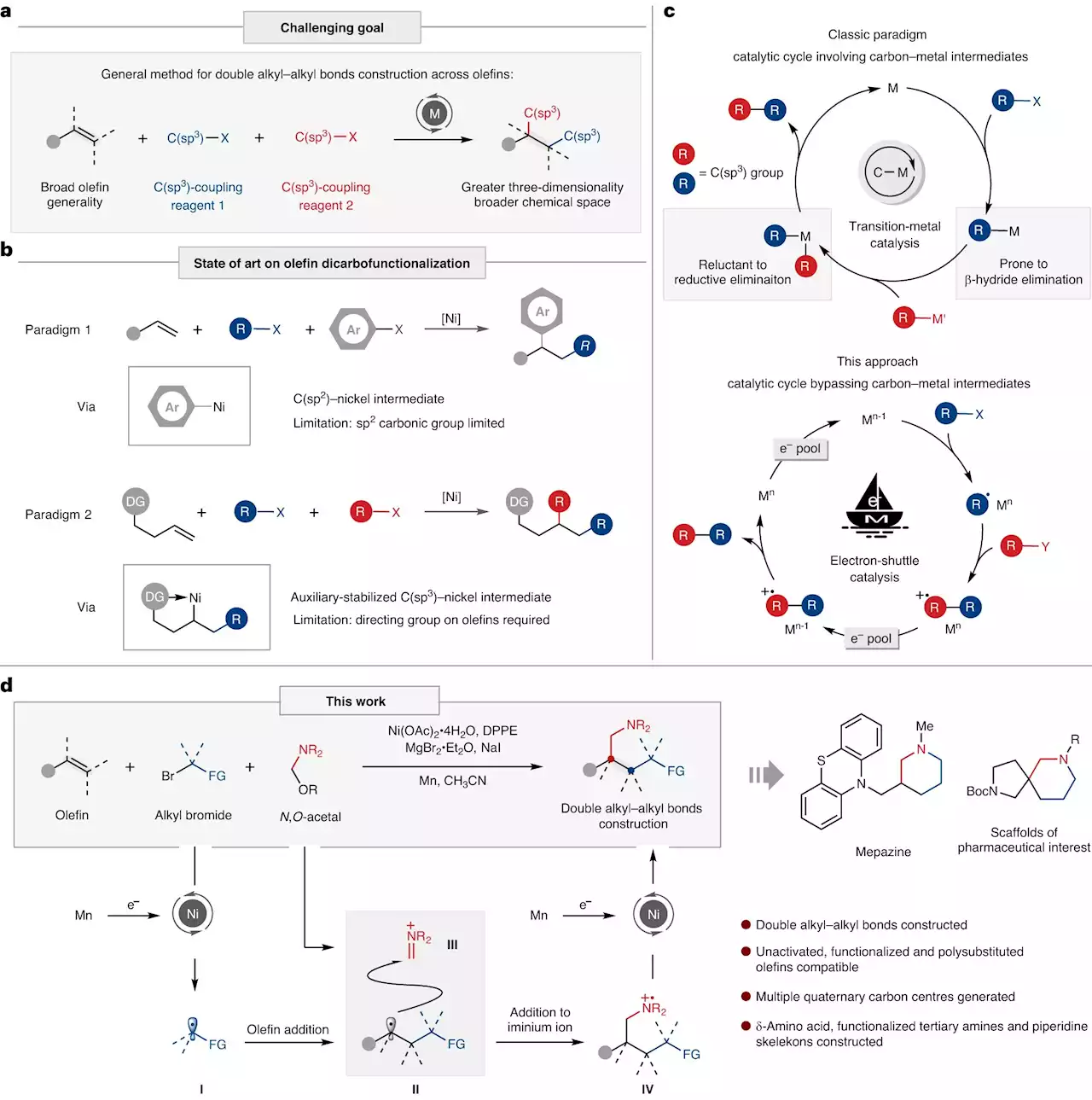Scientists at the Max Planck Institute for Chemical Ecology in Jena are investigating the previously largely unknown biosynthetic pathway that leads to the formation of cardenolides in plants.
In addition to foxglove Digitalis purpurea, the research team also studied another
The starting point for the study was earlier work in a related species of foxglove, which suggested that the biosynthesis occurred via the molecule pregnenolone, sometimes referred to as the"mother of all steroid hormones" because all major steroid hormones such as testosterone, progesterone and estrogen in humans can be traced back to the precursor pregnenolone.
Finally, two enzymes of the cytochrome P450 family 87A were identified that catalyze the conversion of both cholesterol and phytosterols into pregnenolone in foxglove and Calotropis procera. This was the first step in the cardenolide biosynthetic pathway in these two only distantly related plants. Importantly, this is the first enzymatic function reported for this subfamily of cytochrome P450.
United States Latest News, United States Headlines
Similar News:You can also read news stories similar to this one that we have collected from other news sources.
 Researchers Discover Surprising Side Effect of Common Diabetes DrugDiabetes might not be the first thing that comes to mind when considering muscle function. However, a widely used diabetes drug that controls blood sugar can also prevent muscle atrophy and muscular fibrosis—which can help the elderly bounce back faster from injury or illness. Researchers from th
Researchers Discover Surprising Side Effect of Common Diabetes DrugDiabetes might not be the first thing that comes to mind when considering muscle function. However, a widely used diabetes drug that controls blood sugar can also prevent muscle atrophy and muscular fibrosis—which can help the elderly bounce back faster from injury or illness. Researchers from th
Read more »
 Researchers develop a novel method to generate deep-UV lightThis device can generate deep-UV light with a very narrow wavelength range that is safe for humans but lethal for germs.
Researchers develop a novel method to generate deep-UV lightThis device can generate deep-UV light with a very narrow wavelength range that is safe for humans but lethal for germs.
Read more »
 CERN researchers continue to look for elusive monopolesMagnetic monopoles are consistent with quantum mechanics and are called 'as one of the safest bets that one can make about physics not yet seen.”
CERN researchers continue to look for elusive monopolesMagnetic monopoles are consistent with quantum mechanics and are called 'as one of the safest bets that one can make about physics not yet seen.”
Read more »
 In major breakthrough, researchers close in on potential preeclampsia cureResearchers have achieved a significant breakthrough in identifying the primary cause and potential treatment for preeclampsia, a severe pregnancy complication. Experts pinpointed a toxic protein named cis P-tau in the blood and placenta of individuals with preeclampsia. The study describes cis P-tau as a pivotal circulating instigator of preeclampsia. An antibody developed in 2012 to target only the toxic protein while leaving its healthy counterpart unscathed is currently undergoing clinical trials in human patients suffering from traumatic brain injury and Alzheimer's Disease. The antibody has shown promising results in animal models and human cell cultures in treating the brain conditions. Upon testing this antibody in mice, the researchers found the all symptoms associated with preeclampsia were corrected.
In major breakthrough, researchers close in on potential preeclampsia cureResearchers have achieved a significant breakthrough in identifying the primary cause and potential treatment for preeclampsia, a severe pregnancy complication. Experts pinpointed a toxic protein named cis P-tau in the blood and placenta of individuals with preeclampsia. The study describes cis P-tau as a pivotal circulating instigator of preeclampsia. An antibody developed in 2012 to target only the toxic protein while leaving its healthy counterpart unscathed is currently undergoing clinical trials in human patients suffering from traumatic brain injury and Alzheimer's Disease. The antibody has shown promising results in animal models and human cell cultures in treating the brain conditions. Upon testing this antibody in mice, the researchers found the all symptoms associated with preeclampsia were corrected.
Read more »
 Researchers uncover unconventional charge carriers in a triangular-lattice Mott insulatorMott insulators are a peculiar class of materials with structures that should theoretically conduct electricity, but that are instead insulators. These materials contain strongly correlated electrons, which can generate highly entangled many-body states marked by unconventional excitations.
Researchers uncover unconventional charge carriers in a triangular-lattice Mott insulatorMott insulators are a peculiar class of materials with structures that should theoretically conduct electricity, but that are instead insulators. These materials contain strongly correlated electrons, which can generate highly entangled many-body states marked by unconventional excitations.
Read more »
 Researchers propose novel paradigm of metal electron-shuttle catalysisProfessor Huang Hanmin's research team from the University of Science and Technology of China (USTC) of the Chinese Academy of Sciences (CAS) proposed a new paradigm of metal electron-shuttle catalysis, which has been pioneeringly employed to achieve alkylative aminomethylation of unactivated alkene for the first time. Their work was published in Nature Catalysis on August 21.
Researchers propose novel paradigm of metal electron-shuttle catalysisProfessor Huang Hanmin's research team from the University of Science and Technology of China (USTC) of the Chinese Academy of Sciences (CAS) proposed a new paradigm of metal electron-shuttle catalysis, which has been pioneeringly employed to achieve alkylative aminomethylation of unactivated alkene for the first time. Their work was published in Nature Catalysis on August 21.
Read more »
